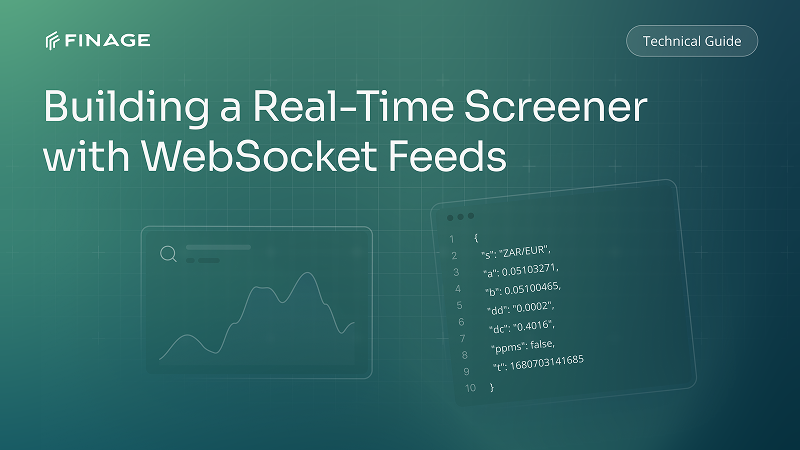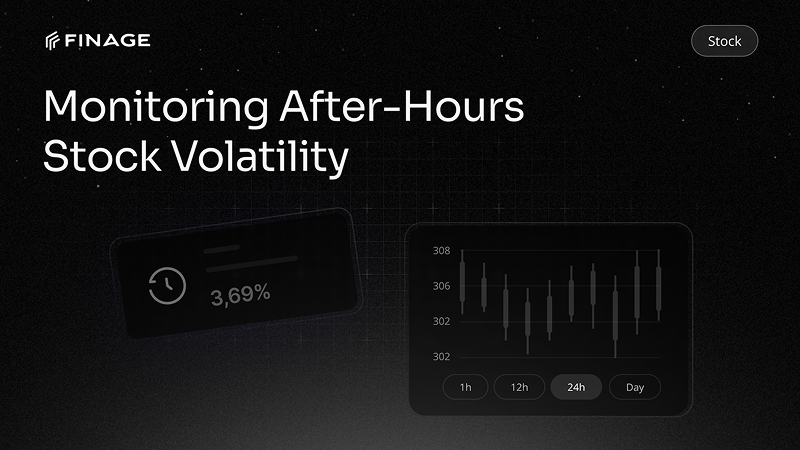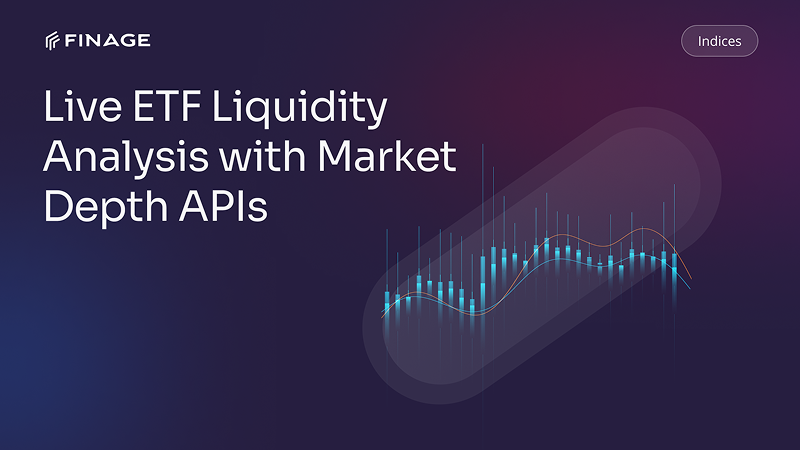What Makes a Reliable Forex API? Developer Checklist for 2025
9 min read • June 26, 2025
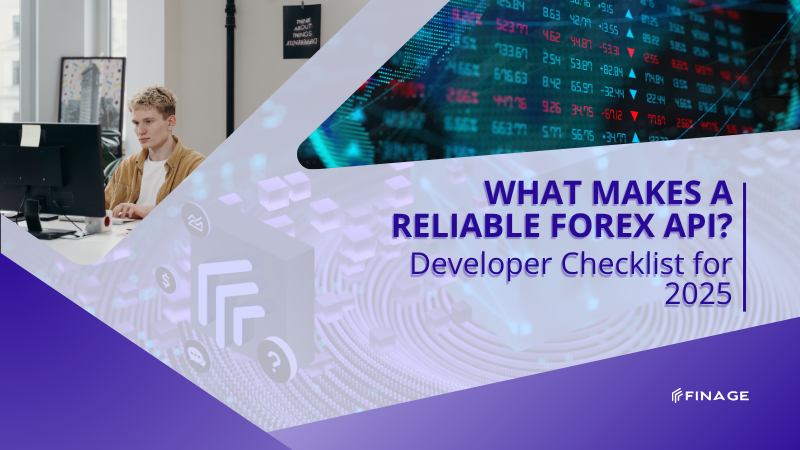
Introduction
In 2025, building or scaling a forex trading platform demands more than just market access. Traders and fintech developers alike expect real-time precision, reliable uptime, and clean data—all delivered through a well-documented and flexible API. Whether you’re building a trading bot, a pricing dashboard, or a multi-currency conversion tool, your choice of forex API will shape the performance and trustworthiness of your app.
But not all APIs are created equal.
From inconsistent timestamp formats to rate limits and connection drops, many APIs fall short in areas that only become visible once you're deep into development. That’s why it’s critical to assess forex data providers with a developer-focused lens—not just based on features, but on infrastructure, transparency, and long-term support.
In this guide, we break down what really matters when choosing a forex API in 2025. If you're a developer building for scale, this checklist will help you avoid costly missteps and pick a platform that delivers both performance and peace of mind.
Curious how modern forex APIs compare? Here's what separates legacy providers from purpose-built developer platforms.
Table of Contents
- Why Forex API Reliability Matters More Than Ever
- Real-Time Speed vs. Update Frequency
- Historical Coverage and Data Accuracy
- Rate Limits, Fair Use, and Throttling Risks
- Authentication, Security, and Access Management
- Developer Experience: Docs, SDKs, and Support
- Why Finage Meets the 2025 Reliability Standard
- Final Thoughts: Building with Confidence
1. Why Forex API Reliability Matters More Than Ever
In 2025, forex trading is faster, more automated, and more globally distributed than ever before. That means reliability isn't just a “nice-to-have” — it’s foundational.
Developers building forex tools today are expected to deliver live prices, calculate exchange rates, monitor volatility, and handle cross-border transactions with real-time accuracy. If your forex API provider can’t consistently deliver clean, timely data, the entire stack you’re building on becomes unstable.
Latency, inconsistent feeds, or downtime doesn’t just affect user experience—it creates real financial risk. A missed price update can lead to poor trade execution or pricing discrepancies. For financial institutions, it may also raise compliance or audit concerns.
There’s also a growing need for round-the-clock reliability. Forex markets operate 24/5, but your application might serve users in any time zone. A reliable Forex API must deliver accurate data across global currencies, regardless of where the user logs in or when a request is made.
Whether you’re supporting a mobile forex trading app, an automated trading bot, or an internal pricing engine, reliability has to be guaranteed at the API level—not just in theory, but in practice.
Curious how data outages can affect trading platforms? This breakdown of real-time system failures explains why reliability should be your top priority.
2. Real-Time Speed vs. Update Frequency
In forex, speed is everything—until it isn’t. That’s why understanding the difference between real-time data and update frequency is critical when choosing a forex API.
Some APIs claim to be “real-time” but actually push updates every few seconds. Others stream price changes tick-by-tick. As a developer, the right level of granularity depends on your use case. If you're building a conversion tool, you might only need updates every 30 seconds. But if you're powering a trading dashboard or executing strategies, sub-second updates may be essential.
A good forex API should offer:
- Transparent update intervals—clearly documented, not just labeled "real-time"
- Access to both bid and ask prices, with spread details
- Low-latency delivery, especially if it supports WebSocket streaming
The key is flexibility. You need to be able to adjust how frequently your app requests or receives data, based on the needs of your users and the limits of your infrastructure.
Finage, for example, provides real-time forex data via both REST and WebSocket APIs, so you can choose between on-demand requests and continuous streaming based on the situation.
Need to understand this better? This article on data latency vs. update rates breaks down why they’re not the same—and how they affect user experience.
3. Historical Coverage and Data Accuracy
While real-time speed gets most of the attention, historical data plays an equally critical role—especially for developers building trading algorithms, risk models, or analytics dashboards.
A reliable forex API should offer access to accurate historical prices across a wide range of currency pairs. But it’s not just about how far back the data goes. What matters most is how clean and consistent that data is. Incomplete records, inconsistent time zones, or mismatched intervals can lead to faulty analysis and unreliable strategies.
Here’s what to look for when evaluating historical coverage:
- Support for both intraday (minute/hourly) and end-of-day data
- Consistent timestamp formatting, ideally in UTC
- Clear separation of bid, ask, and mid prices
- Availability of historical spreads for more precise modeling
Whether you're backtesting a strategy or providing users with historical charts, poor data quality at this stage will surface quickly—and erode trust in your product.
Finage delivers historical forex data that’s normalized, timestamped, and aligned with live market feeds, making it easier to use without extensive preprocessing. You can explore available formats and pair coverage in the Forex Historical API docs.
For insight into how historical anomalies can affect backtesting, check out this overview on data bias in financial models.
4. Rate Limits, Fair Use, and Throttling Risks
Even the best forex API is only useful if it works consistently under pressure. That’s why understanding a provider’s rate limits and fair usage policies is critical—especially if your app serves many users or makes frequent requests.
Many APIs limit how many calls you can make per second, minute, or day. These caps can result in throttling or outright rejection of requests during peak hours. If you’re building real-time trading features, this kind of delay isn’t just annoying—it could be a dealbreaker.
A reliable forex API should offer:
- Transparent documentation of rate limits per plan tier
- Clear behavior under high load (throttle vs. deny vs. queue)
- Batch request capabilities to reduce the total number of calls
- Scalable plans or enterprise access for high-volume usage
At Finage, rate limits are clearly defined for each API key, and developers can take advantage of bulk endpoints to query multiple currency pairs in a single request—ideal for dashboards, bots, or watchlists.
Additionally, WebSocket connections provide a way to reduce polling entirely, since updates are pushed only when data changes. This significantly lowers API request volume while improving responsiveness.
Not sure how rate limits might impact your system? This throttling primer explains how different APIs handle overload scenarios and what that means for app design.
5. Authentication, Security, and Access Management
In any fintech application, security is not negotiable. Your forex API shouldn’t just deliver fast data—it needs to do so securely, with access controls that are predictable and easy to manage.
Most forex APIs today rely on token-based authentication. This typically means you receive an API key when you register, which is then passed as a query parameter or header with every request. But beyond that basic setup, it’s worth asking: how does the provider handle expired tokens, usage monitoring, and credential rotation?
Here’s what to look for in a secure, developer-friendly setup:
- HTTPS encryption for all API endpoints
- Secure, revocable API key management via dashboard
- Optional IP whitelisting or access scopes for enterprise plans
- Clear error messaging for unauthorized or expired requests
With Finage, authentication is built around a simple, scalable token system. You can generate and manage your API keys from your developer dashboard, and keys are scoped by plan to control rate limits and access level. This means your production and staging environments can each have their own credentials and limits.
The documentation also includes clear examples of how to authenticate calls to both REST and WebSocket endpoints—helping you avoid common setup mistakes during integration.
Want to review how other APIs handle security at scale? This breakdown of API authentication methods explains the trade-offs between basic keys, OAuth, and JWT tokens.
6. Developer Experience: Docs, SDKs, and Support
The power of a forex API isn’t just in its data—it’s in how quickly and confidently developers can use it. Clean documentation, working code samples, and responsive support can mean the difference between a successful integration and a project that never ships.
When evaluating the developer experience, consider:
- Is the API documentation up to date and easy to navigate?
- Are there SDKs or client libraries for your preferred language (e.g., Python, Node.js)?
- Are example responses accurate and real, not placeholders?
- Is there a support system in place—live chat, email, or ticketing—for when things go wrong?
Finage stands out in this area with developer-first documentation, focused not just on endpoints but on integration patterns. Whether you’re pulling historical forex prices, live streaming updates, or combining multiple asset classes (like stocks or crypto), the guides are clear and implementation-ready.
There’s also live support for paid plans, along with status monitoring and update notices. That kind of transparency is especially valuable if your application depends on uptime or is used in regulated environments.
7. Why Finage Meets the 2025 Reliability Standard
With the growing demand for real-time, developer-focused financial infrastructure, not every API provider keeps pace. But Finage was built with these expectations in mind—and continues to evolve to meet them.
Here’s why Finage fits the 2025 checklist for a reliable forex API:
- Real-time performance: Data is delivered with low latency and high accuracy via both REST and WebSocket endpoints.
- Clean historical coverage: Finage offers reliable, timestamped historical data across major and minor currency pairs.
- Scalable infrastructure: Batch endpoints, consistent formats, and transparent rate limits support everything from prototypes to production systems.
- Developer-focused design: API documentation is up-to-date, clear, and backed by real responses—not placeholders.
- Security and transparency: Authentication is simple yet secure, and account-level controls help manage usage across teams or environments.
You can explore more technical details and test your integration directly through the Forex API documentation, which includes endpoint specs, parameters, response formats, and authentication workflows.
As demand for market data scales, reliability is no longer optional. Here’s how modern API infrastructure supports 24/7 global systems.
8. Final Thoughts: Building with Confidence
In today’s forex market, the difference between a great product and a fragile one often comes down to your data provider. Accuracy, speed, and stability aren’t just technical details—they’re the foundation of trust, especially in financial applications.
If you're building tools for traders, analysts, or even internal operations, you need a forex API that works predictably at scale. That means reliable uptime, clean historical data, reasonable rate limits, and documentation that speaks directly to developers.
Finage checks all these boxes.
With real-time performance, flexible integration options, and developer-first design, Finage helps you build products that users can rely on—whether you're calculating currency conversions, running automated strategies, or delivering analytics to enterprise teams.
You can start exploring the Forex API or dive deeper into real-time WebSocket streaming to get your project moving today.
You can get your Real-Time and Historical Forex Data with a free Fx Data API key.
Build with us today!
Claim Your Free API Key Today
Access stock, forex and crypto market data with a free API key—no credit card required.
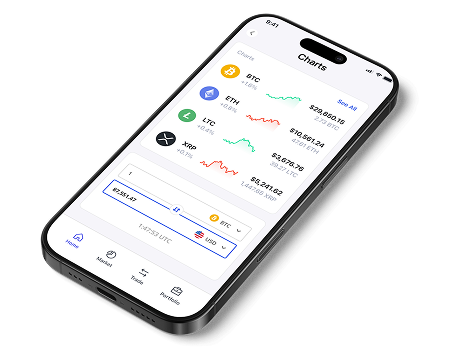
Stay Informed, Stay Ahead
Finage Blog: Data-Driven Insights & Ideas
Discover company news, announcements, updates, guides and more
